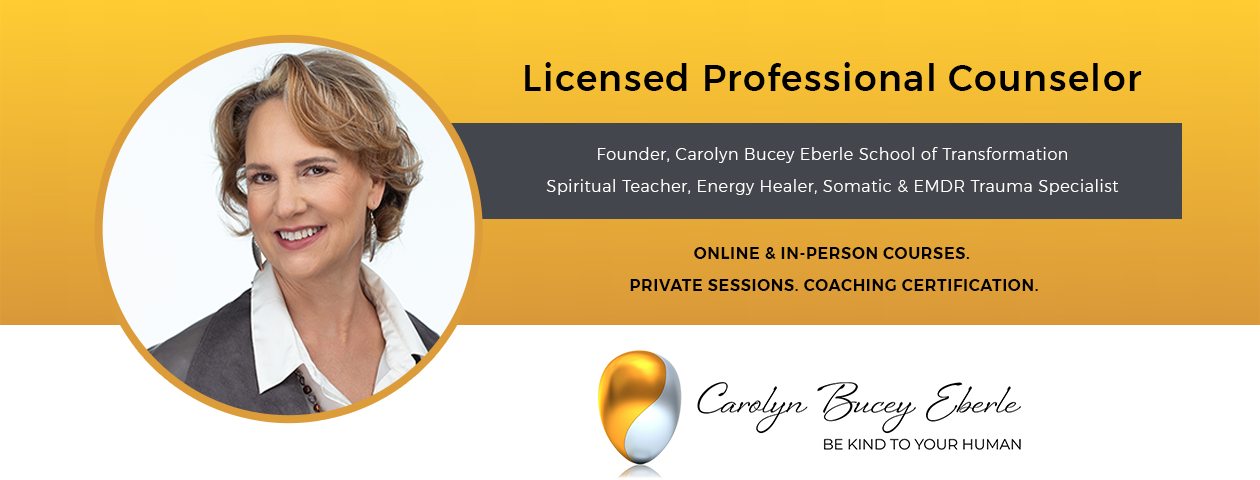Are Somatic/Body-Centered Modalities Out of Date? Is there a next evolution? If so, what? So many of us have been blessed with at least two decades of wisdom from body-centered modalities. Core Energetics, Body Energetics, Hakomi, Somatic Experiencing and the Sensorimotor Psychotherapy Institute are a few of the prominent body-centered modalities that have taught and healed so many.
The innovators and originators of somatic body-centered psychotherapy deserve our thanks. Because of them trauma protocols have evolved and many more have healed.
Mindfulness is often used in body-centered modalities to scan and connect to the body. Some see mindfulness as a brain level conduit that links our mind with our body. Given the advances in understanding the brain and in understanding consciousness, what is the next missing piece in somatic therapies? Where can we work more effectively and at more subtle, yet very tangible and precise levels so even deeper healing can be facilitated?
Everyone that does work thorough the body might explore what is the next evolution? The answers to the following questions might help provide a tipping point to finding the next evolution of this profound and helpful modality.
1. What is mindfulness really? As our mind is used as a tool to connect to the body, it often feels and finds sensations in the body. The sensations, in part, are biochemical reactions but are they also a representation of consciousness? If so, what repercussions for refinement of our consciousness when working in the body are needed to advance this therapy?
2. If mindfulness is working with consciousness, are there higher and lower levels of consciousness? Can we better work with mindfulness and adjust it so we invite a higher degree of consciousness when we scan and connect to the body? What new tools/concepts can advance this?
3. As a therapist, if a client has their eyes closed, scanning their own body but there are no other body cues-how do we tell what is happening? Is searching for body cues, breath, movement and facial expression just the beginning? Is there a way to better assess clients more deeply that is even more effective? If so, what is that method and how can we start using it? What is the next evolution?
4. Most body-centered modalities have learned over the years that catharsis is NOT healing. This was a very positive evolution-especially when working with trauma. But what is the next step in this process? Are there more subtle lessons still to learn that deal with HOW clients feel an emotion? Can clients learn a better method for feeling emotions so emotions become the raw material they use to feel better not worse? If so, what is the next evolution? How might the answer to this question help us stop trauma looping?
5. What does it mean to use sensations, emotions and mindfulness at the next subtle level? We evolved from talk therapy into the body but what is the next evolution and why might we unconsciously prevent it from coming? Meaning what might stop us from supporting a new paradigm?
6. If sensations in the body and feelings in the body represent consciousness, and energy is consciousness- might sensations also represent specific energetic configurations? If so, should we then acknowledge that the mind, moving through the body is a form of energy work? So is body centered psychotherapy really been energy therapy and we didn’t really know or see it at this subtle level? And then, what does that even mean? What is energy and why would we not want to see/sense what isn’t really there? This is where it could get confusing as we think energy is not tangible and as obvious as body cues and mindfulness? But is this really true?

